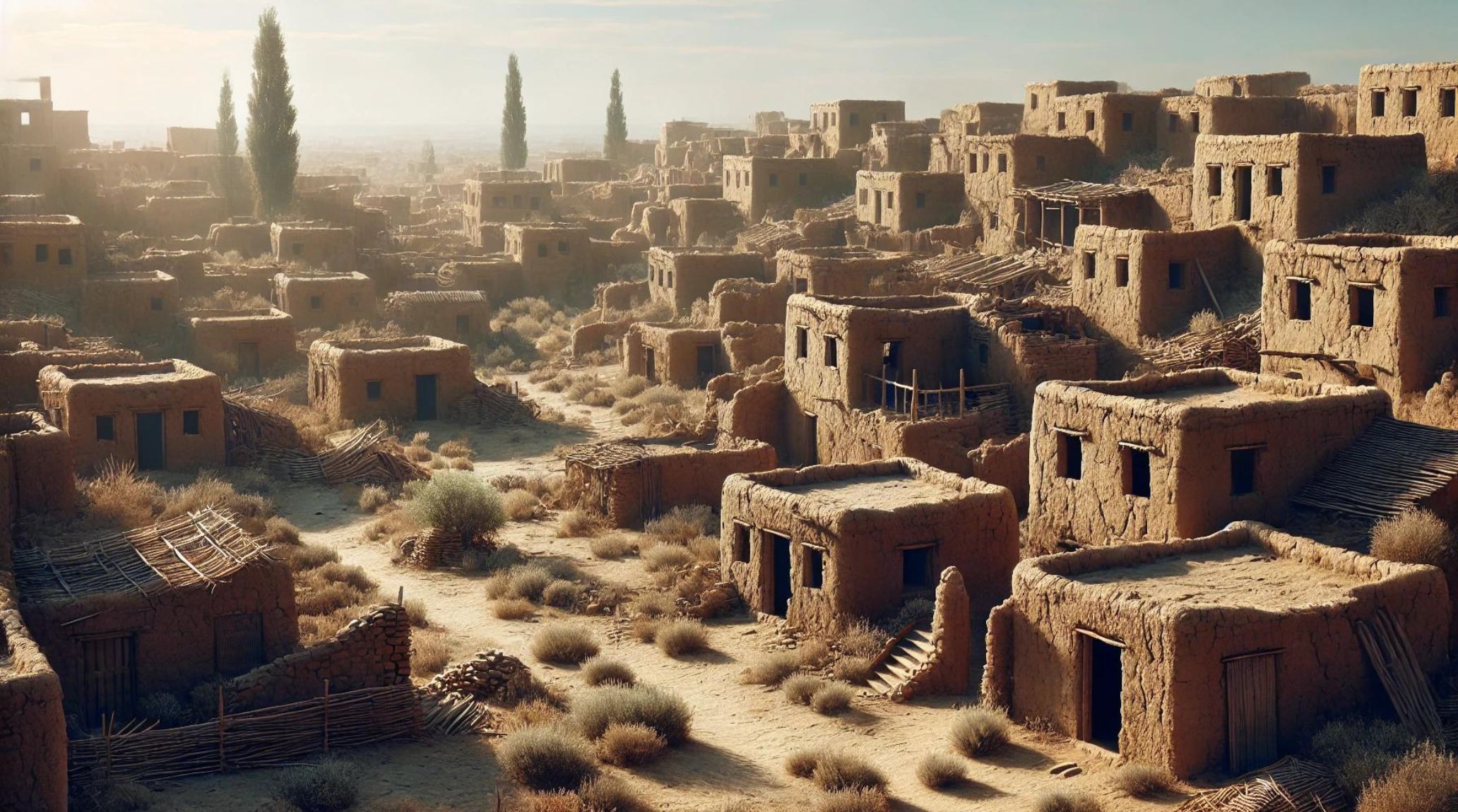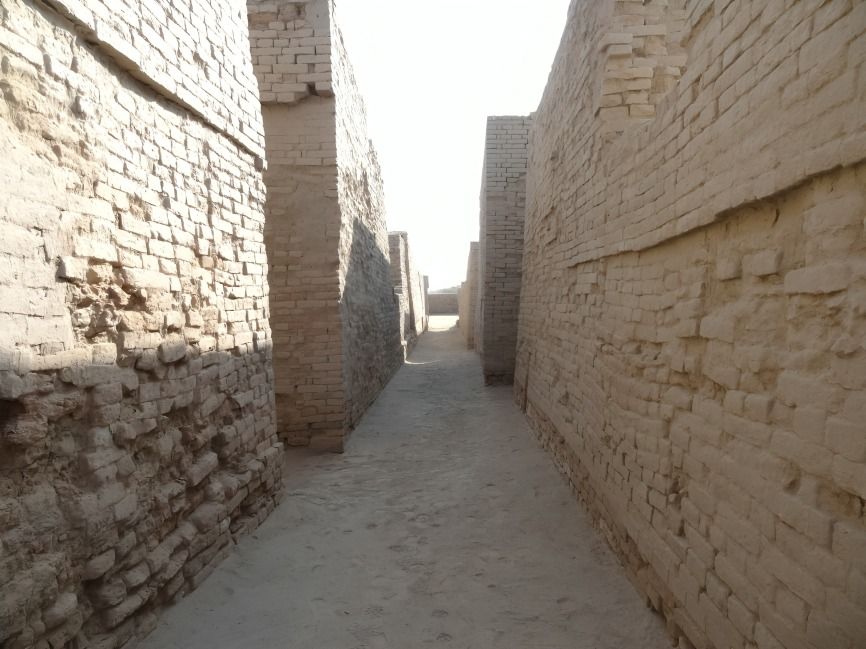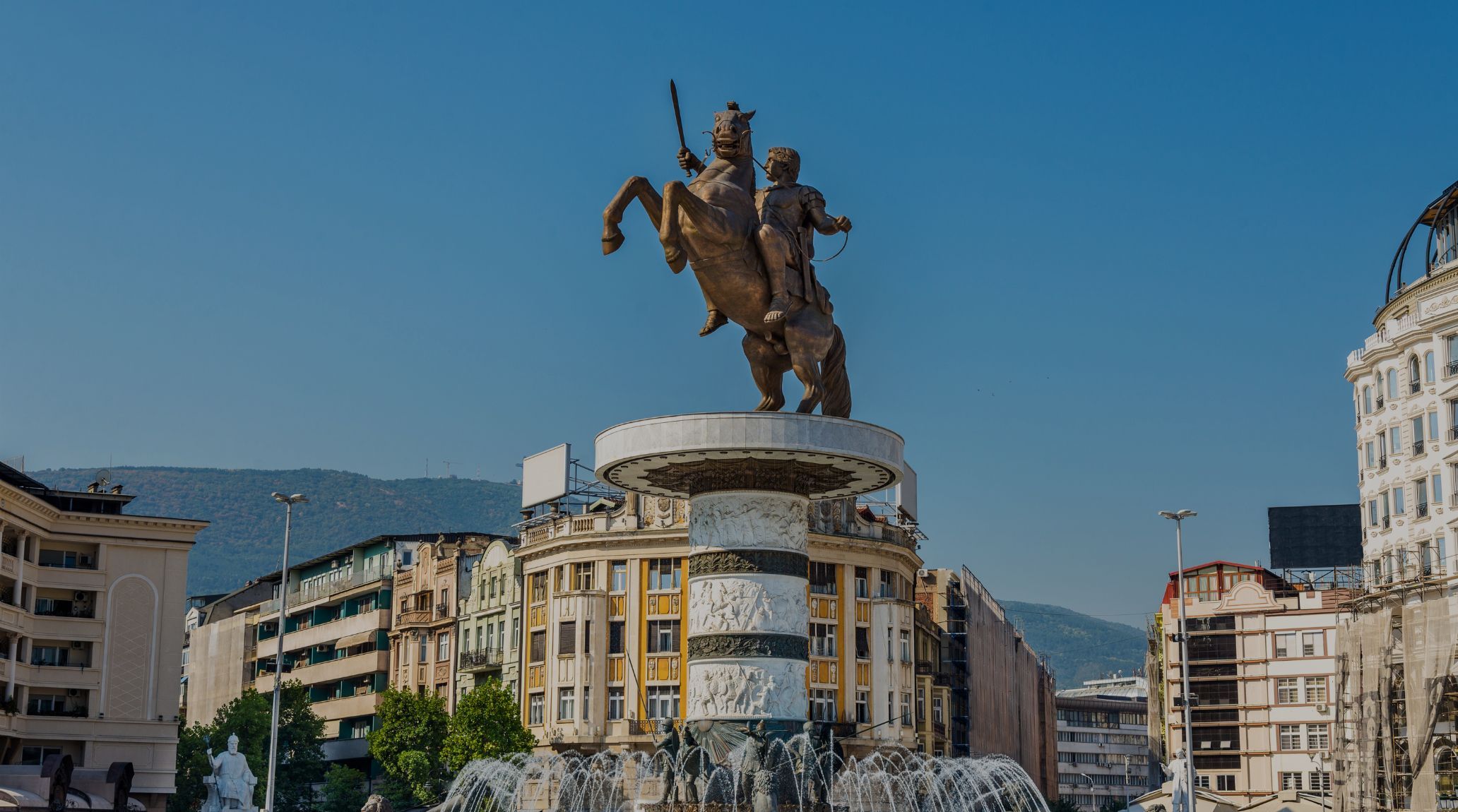
“
The Indus Valley Civilization, one of the world’s earliest urban societies, is renowned for its sophisticated urban planning and architectural achievements. In this article, we explore 20 fascinating facts about Indus Valley Urban Planning and architecture, shedding light on how these early innovations set the stage for future urban development.1
1
1
”
The Indus Valley Civilization (IVC) is one of the world’s four great civilizations, thriving around 2500 BCE along the flood plains of the Indus and Ghaggar-Hakra rivers. It extended across the western part of South Asia. 1
The Indus Valley Civilization, a Bronze Age society, spanned from northwest India to northeast Afghanistan and Pakistan. Its advanced town planning highlights a highly civilized and developed lifestyle. 2
The town planning of the Indus Valley Civilization has amazed archaeologists worldwide, showcasing a well-organized city layout. Key features included streets, a closed drainage system, granaries, the Great Bath, and other important buildings. 3
Houses were often grouped into residential blocks with shared courtyards and common walls. These complexes were designed for efficient use of space and resources. Courtyards within residential areas provided light, ventilation, and a communal space. 4

The streets of the Indus Valley cities were meticulously planned, running straight and intersecting at right angles, dividing the city into rectangular blocks. These roads were constructed using burnt bricks, demonstrating advanced construction techniques.
Additionally, lamp posts discovered at regular intervals indicate the presence of street lighting, further highlighting the city's development. The discovery of dustbins along the streets also points to a highly efficient municipal administration of the city.5
Unlike many other ancient civilizations, Indus Valley cities lacked a central palace or grand temple. This absence suggests a relatively egalitarian society without a single dominant ruler. 6

The houses of the Indus Valley civilization were primarily constructed using burnt bricks, rather than stones, showcasing advanced architectural practices. Interestingly, sun-dried bricks were also employed in some cases.
Burnt bricks were specifically used in areas of the buildings where water contamination was a concern, suggesting careful consideration of durability and hygiene. The availability of wood in the region contributed to the extensive use of baked bricks. 7
A distinctive feature of the Indus Valley civilization was its advanced closed drainage system, present in most cities. Every house typically had a courtyard, bathroom, and a network of vertical and horizontal drains. 8
The roads were lined with underground drains, covered by stone slabs to protect and conceal the drainage system. Wastewater from flushing toilets flowed into multiple sewage pipes, which carried it out to nearby rivers or the sea. 9
The most significant structure in Mohenjodaro was the Great Bath, a large rectangular tank located within the city. Made from burnt bricks, its floor was designed with durability in mind, and it was coated with gypsum to prevent water leakage. 10

Cities like Mohenjodaro were equipped with numerous public wells that provided a reliable water supply. These wells were strategically placed throughout the city to ensure access to clean water.
The use of burnt bricks and advanced masonry techniques demonstrated high levels of craftsmanship. Brick walls were often reinforced and carefully constructed to ensure stability. 11
The large granary in Harappa played a crucial role in food storage, reflecting the city's advanced agricultural management. Its scale suggests it may have been used for centralizing food supplies. 12
The construction of dams, reservoirs, and sophisticated irrigation systems attests to their advanced hydraulic engineering skills. These innovations enabled efficient water management crucial for agricultural productivity, sustaining their large urban populations.13
Evidence suggests that markets and commercial activities were concentrated along major roads. This layout facilitated trade and economic exchange within the city. The organization of markets reflects the city’s role as a commercial center. 14
Urban planning considered the local environment, with features such as elevated platforms to combat flooding. Adaptations to climatic conditions were integral to the city’s design. This consideration reflects a practical approach to urban challenges. 15
While there was no grand palace, the layout of residential and public spaces suggests a certain level of social hierarchy. Different areas of the city were designated for various social functions. The layout reflects an organized and hierarchical society. 16
The main road extended 800 meters in length and was 10.5 meters wide. The drains from houses were connected to the street gutters, allowing wastewater to flow efficiently into the city’s drainage system. 17


